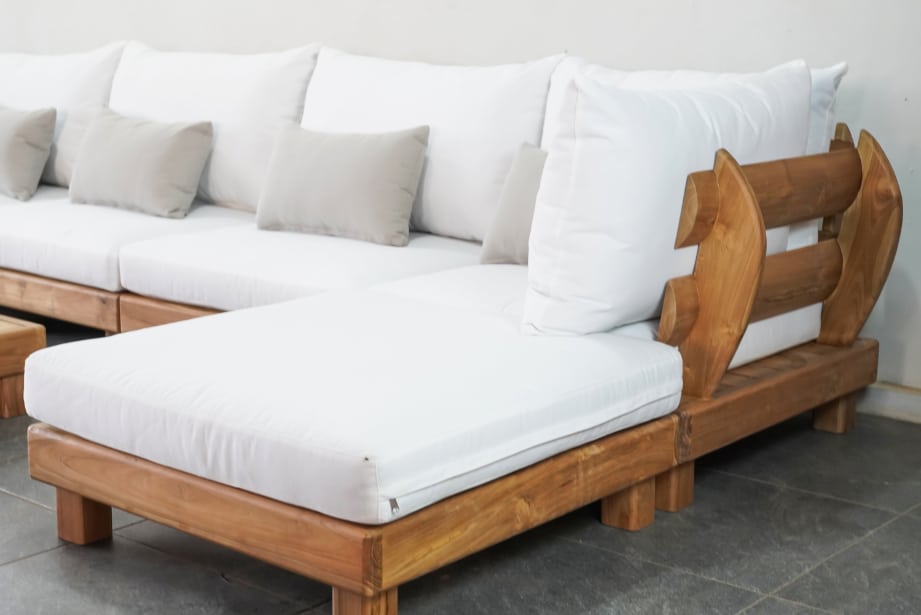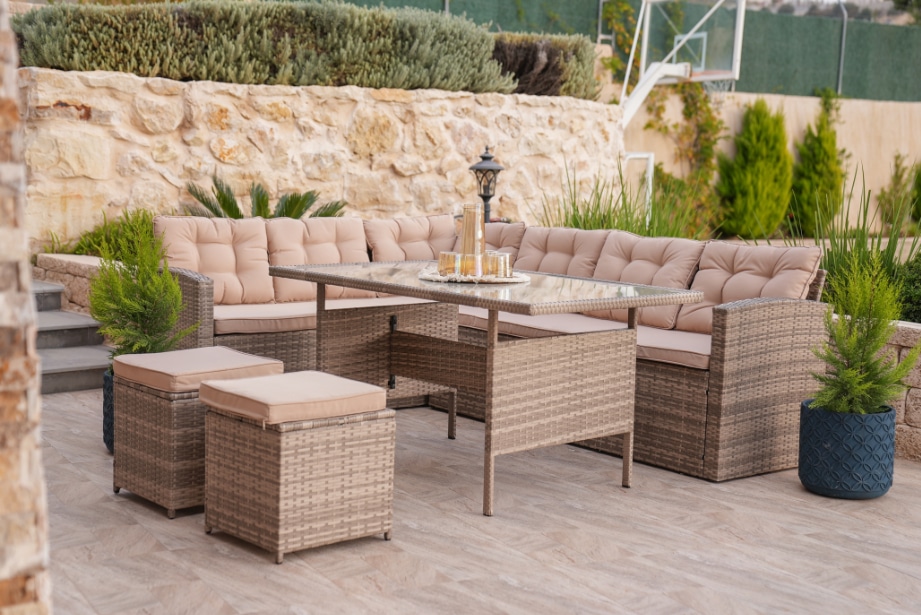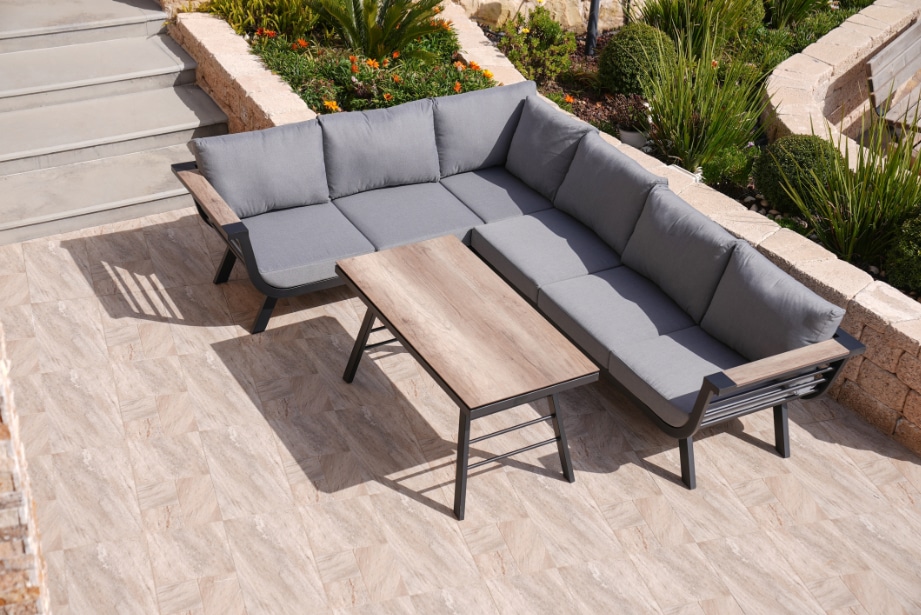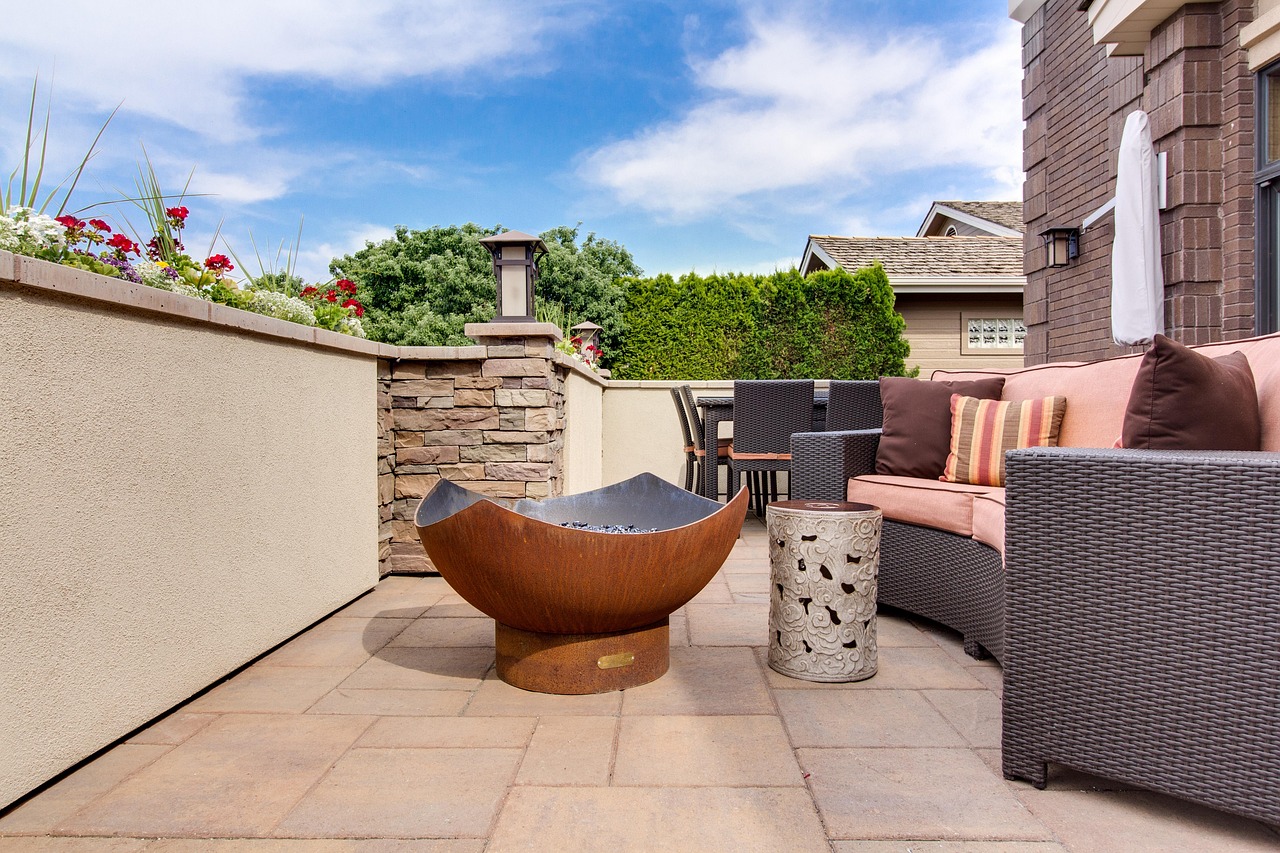Patio seating can truly enhance your outdoor living space, turning it into a cozy retreat for relaxation or gatherings. But over time, even the best patio furniture can run into some problems. Regular use and weather conditions can lead to wear and tear. Recognizing and addressing these issues early ensures your seating remains in tip-top shape for years to come.
Understanding how to identify and fix common problems is key. Whether it’s a wobbly chair, a tear in the fabric, or a crack in the frame, knowing the signs to look for can save time and hassle in the long run. Not only does maintaining your patio furniture keep it looking great, but it also extends its life and usefulness. So let’s explore some practical ways to tackle common problems with patio seating.
Recognizing Wear and Tear
The first step in maintaining your patio seating is knowing what to look for. Wear and tear are inevitable, but recognizing the early signs can help you address issues before they get worse. Certain signs, like fading colors or small tears in the fabric, might suggest that your seating could use some care. Regularly checking your cushions and frameworks can make a big difference.
Examine the cushions for sagging, which often occurs from prolonged use. This could mean the foam inside is losing its firmness. Also, check for any color changes that indicate fading from the sun, which can lead to fabric becoming weaker and prone to tearing. See if metal frames have any rust or if wooden parts show signs of cracking or warping.
Here are a few things to keep an eye on:
– Check for any wobbly legs or loose components that could indicate joint problems.
– Observe if the cushions have flattened, which could reduce comfort.
– Inspect the fabric for mildew, especially if the furniture stays outside all year.
– Look for rust spots on metal parts to prevent further deterioration.
Remember, spotting these issues early allows you to take preventative action, ensuring your patio seating remains a comfortable and attractive part of your outdoor space.
Fixing Wobbly or Unstable Seats
A common annoyance with patio seating is when chairs or loveseats become unsteady. This wobbliness isn’t just frustrating; it can also be unsafe. Usually, it’s the result of loose screws or bolts. To fix this, it’s important to take a careful look at all the joints and connectors.
Here’s a simple approach to stabilize those wobbly seats:
1. Collect the right tools. You’ll likely need a screwdriver or a wrench, depending on the type of screws and bolts used.
2. Tighten any loose screws or bolts by turning them clockwise. Be sure not to over-tighten, as this can strip the threads or damage the material.
3. If screws or bolts don’t seem secure even after tightening, consider adding a drop of thread-locking adhesive to keep them in place.
4. Replace any missing or damaged hardware with parts that match the original.
Sometimes, a chair or loveseat may need additional support. In such cases, consider reinforcing the seat by adding corner braces or stronger screws to ensure everything stays put.
Dealing with Fabric Issues
Fabric-related problems like tears, fading, and mildew often come with the territory of outdoor furniture. The good thing is these issues can be addressed without too much hassle. Consider this approach to keep fabrics looking fresh and lasting longer.
When dealing with tears, sewing them up early on can prevent them from getting worse. Opt for a heavy-duty outdoor thread and a needle suitable for the fabric. For fading, especially due to sun exposure, applying a fabric spray that protects against UV rays can help.
To tackle mildew, it’s essential to use a mild cleaning solution. A mix of warm water and gentle dish soap usually does the trick. Apply the solution with a soft brush, and scrub the affected area lightly. Rinse and let it dry completely in the sun to avoid any future mildew growth.
Maintaining different outdoor fabrics involves regular cleaning and protective measures. Covering seating when it’s not in use can shield it from sun and rain, preserving both color and strength.
Repairing Structural Damage
Structural damage like cracks or breaks in the frame requires immediate attention to prevent further damage and ensure safety. Here’s a practical approach to handle such issues effectively.
Start by examining the entire structure to identify any weak points or existing damage. Small cracks in wood can often be fixed with wood glue, while larger ones might need a patch or filler. For metal frames, inspect for corrosion, and seal any rust spots with rust-resistant primer and paint.
If there’s a significant break or the frame feels too unstable, replacing the affected part might be necessary. Always try to match the original materials to maintain the seating’s integrity and appearance.
Reinforcing weak spots involves adding brackets or extra screws to strengthen connections. Regularly checking for signs of wear can keep the structure sound and ready for use.
Ensuring Longevity of Your Patio Seating
Keeping your patio seating in great condition over time means taking steps to protect it from the elements. Weather can be a major factor in the decline of outdoor furniture, so a bit of preventive care goes a long way.
Using covers when the furniture is not in use is a simple and effective way to shield it from rain and sunlight. This can reduce fading and water damage considerably. Storing your seating indoors during harsh weather conditions, such as storms or winter, can also help preserve its condition.
Establishing a regular maintenance routine offers long-term benefits. Wipe down the frames and fabric with mild soapy water every few weeks to remove dirt and prevent buildup. Doing so helps maintain both the look and durability of your patio seating.
Practical Tips for Fixing Your Patio Seating
Addressing common problems early keeps your outdoor seating looking fresh and inviting. From stabilizing wobbly chairs to fixing fabric issues, knowing how to care for your furniture allows you to enjoy it for years to come. A little effort can go a long way in ensuring your outdoor space remains a welcoming retreat.
Before you head out to your patio to start some maintenance steps, remember that quality seating plays a huge role in comfort and longevity. When it’s time to invest in new pieces, consider those that offer durability and style, ensuring your outdoor space remains a cherished haven.
Ready to upgrade your outdoor seating experience? Discover how well-chosen furniture can elevate your space and keep it inviting all year long. Explore our range of patio furniture for sale at Carolina Patio Furniture, where style meets durability. Find seating that complements your home and enjoy the comfort and quality you deserve.




